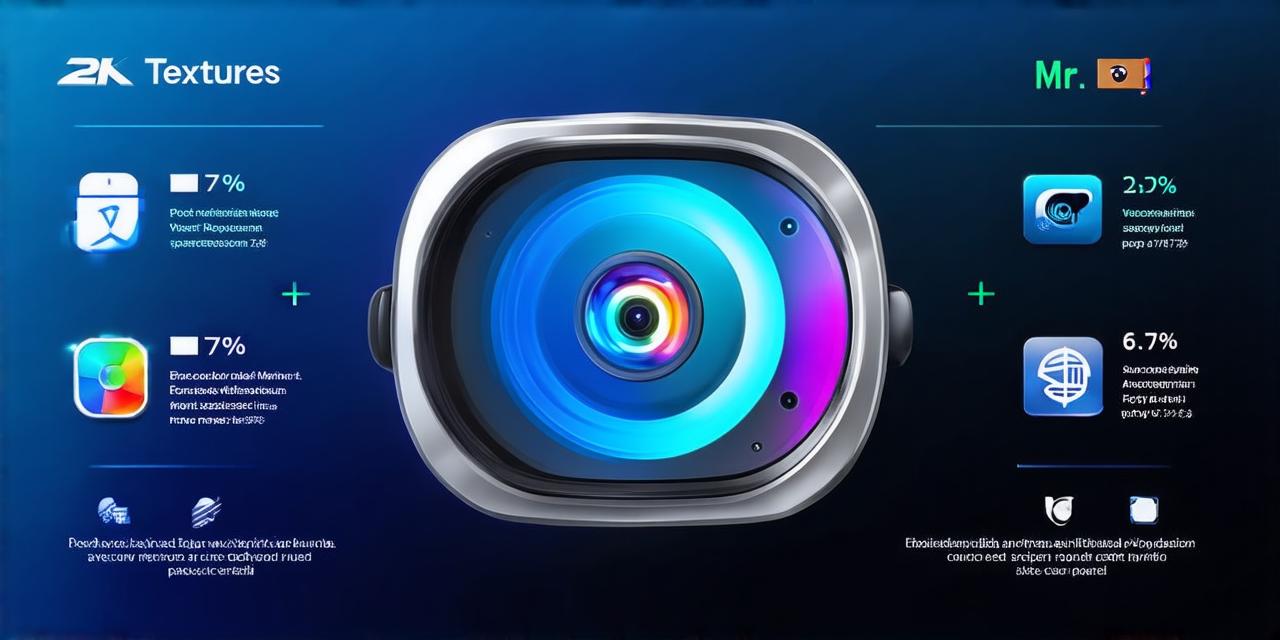Virtual Reality (VR), Augmented Reality (AR), and Mixed Reality (MR) are all immersive technologies that provide users with a unique experience. While they share some similarities, each one is distinct in its own way. In this article, we will explore what distinguishes these three technologies from each other, including their definition, capabilities, use cases, and future prospects.
Virtual Reality: Definition and Capabilities
Virtual Reality (VR) is a computer-generated simulation that allows users to interact with a digital environment as if it were real. The user wears a headset or headphones and interacts with the virtual world using handheld controllers, gloves, or body sensors. VR provides a completely immersive experience that transports the user into a different reality.
VR is capable of creating highly realistic and engaging environments, allowing users to interact with objects and characters in a way that feels natural and intuitive. VR can be used for a wide range of applications, including gaming, education, training, therapy, and entertainment.
Virtual Reality: Use Cases and Future Prospects
Virtual Reality has been around for several years now and has seen significant growth in recent times. The use cases for VR are numerous and varied, with applications across multiple industries. Here are some examples of how VR is being used today:
- Gaming: VR gaming has become increasingly popular in recent years, with companies such as Oculus and HTC releasing high-end gaming headsets that offer a highly immersive gaming experience.
- Education: VR can be used to create virtual classrooms that allow students to learn in a more interactive and engaging way. This can be particularly useful for subjects such as history, science, and language learning.
- Training: VR can be used to simulate real-world scenarios and provide training for professionals in fields such as healthcare, military, and aviation.
- Therapy: VR therapy has been shown to be effective in treating a variety of conditions, including anxiety, depression, PTSD, and phobias.
- Entertainment: VR can be used to create unique experiences that are not possible in the real world, such as concerts, festivals, and theme parks.
The future of VR looks promising, with advancements in technology leading to more realistic and immersive experiences. The use cases for VR will continue to expand as the technology becomes more accessible and affordable.
Augmented Reality: Definition and Capabilities
Augmented Reality (AR) is a technology that enhances the user’s real-world environment with computer-generated content. AR allows users to see the physical world around them, but also adds digital elements on top of it. This can include graphics, animations, and information that is displayed in real time.
AR can be experienced through a variety of devices, including smartphones, tablets, and wearables. The most common form of AR is seen in mobile apps that use the device’s camera to overlay digital content onto the real world.
Augmented Reality: Use Cases and Future Prospects
AR has seen significant growth in recent years, with a wide range of applications across multiple industries. Here are some examples of how AR is being used today:
- Advertising and Marketing: AR can be used to create interactive advertising campaigns that engage users and provide a unique experience. This can include virtual try-on experiences for fashion and beauty products, as well as immersive product demonstrations for automotive and technology.
- Gaming: AR games are becoming increasingly popular, with games such as Pokemon Go and Snapchat Lenses providing users with a fun and interactive way to experience the world around them.
- Education: AR can be used to enhance the learning experience by overlaying digital content onto textbooks and other educational materials. This can help students visualize concepts in a more engaging way.
- Entertainment: AR can be used to create unique experiences that are not possible in the real world, such as concerts, festivals, and theme parks.
- Retail: AR can be used to provide customers with virtual try-on experiences for furniture, clothing, and other products, allowing them to see how items would look in their home or on their body before making a purchase.
The future of AR looks promising, with advancements in technology leading to more realistic and immersive experiences. The use cases for AR will continue to expand as the technology becomes more accessible and affordable.
Mixed Reality: Definition and Capabilities
Mixed Reality (MR) is a technology that combines virtual and augmented reality, allowing users to interact with both real-world and digital elements in a seamless way.
